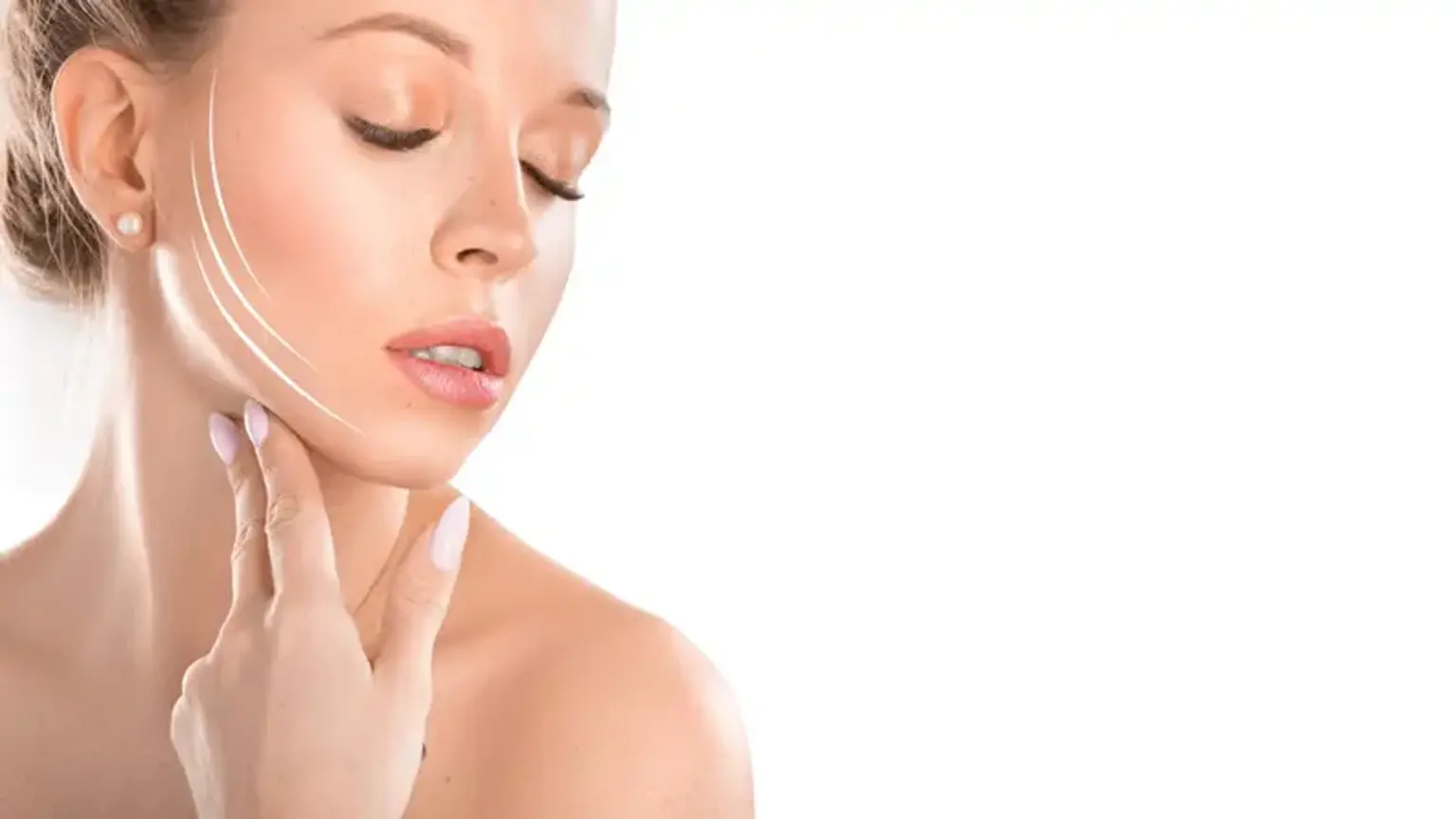Overview
Some Asians, particularly those of Mongolian, Northern Chinese, Korean, and Japanese descent, have high cheekbones (zygomas) and a distinct lower jaw (mandible) contour. These characteristics are unique to these Asian ethnic groups because their anthropometric features are often characterized by prominent zygomas and mandibular angles, which disrupt facial harmony and cause the face to appear overly flat, wide, and square.
Asians' perceptions of beauty have shifted dramatically over the years. Facial shape is the most important aspect of facial beauty, with an oval face being considered attractive and youthful. A smooth egg-shaped curve outlining the perimeter of the face, with a smooth transition from the forehead through the temples, around the outside of the cheeks, preauricular region, angle of the jaw, and jaw line through to the chin, with no indentations or projections in the line, characterizes an oval face. In recent years, there has been an increase in the demand for zygoma and mandibular prominence correction, particularly in countries such as Korea, Japan, Taiwan, and China, in order to achieve these aesthetic goals.
